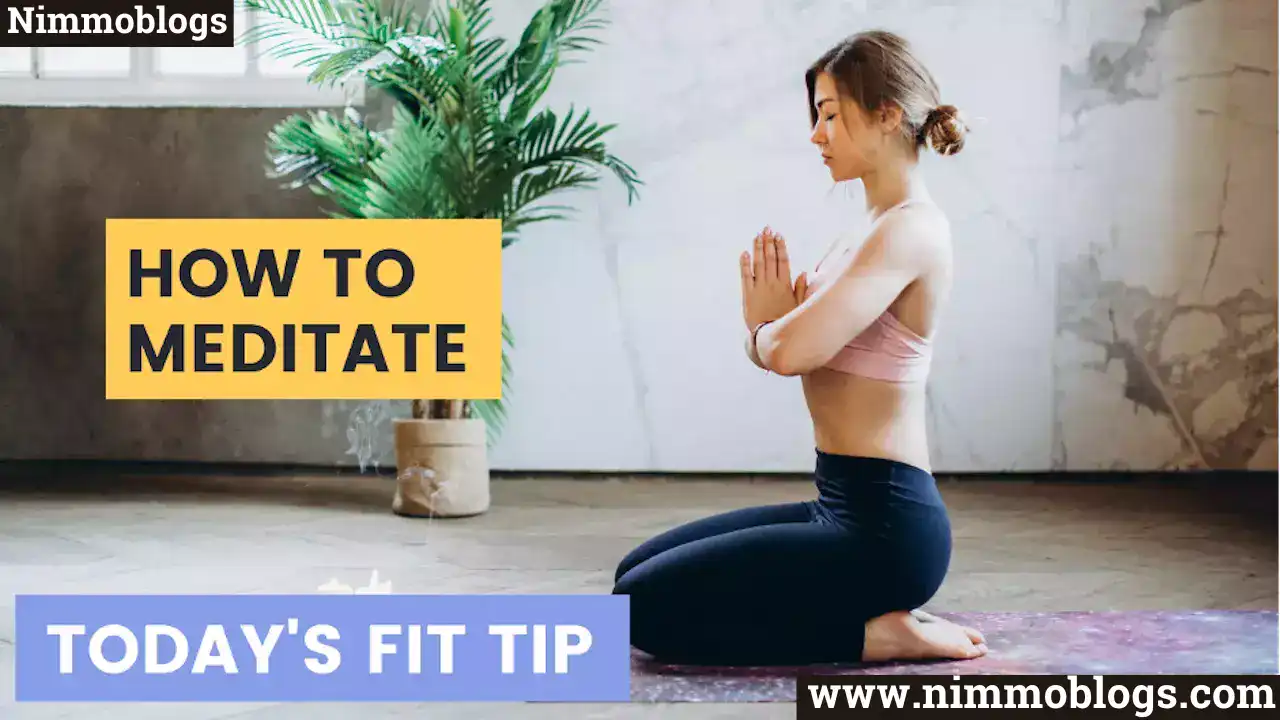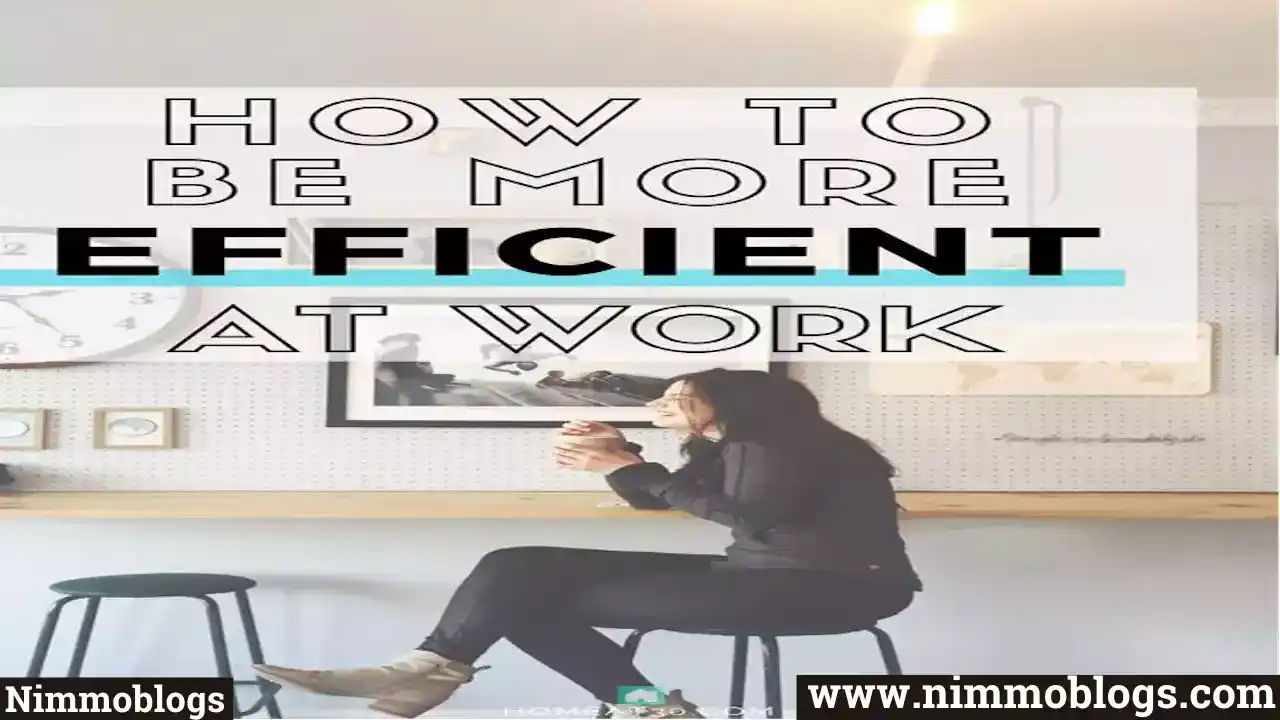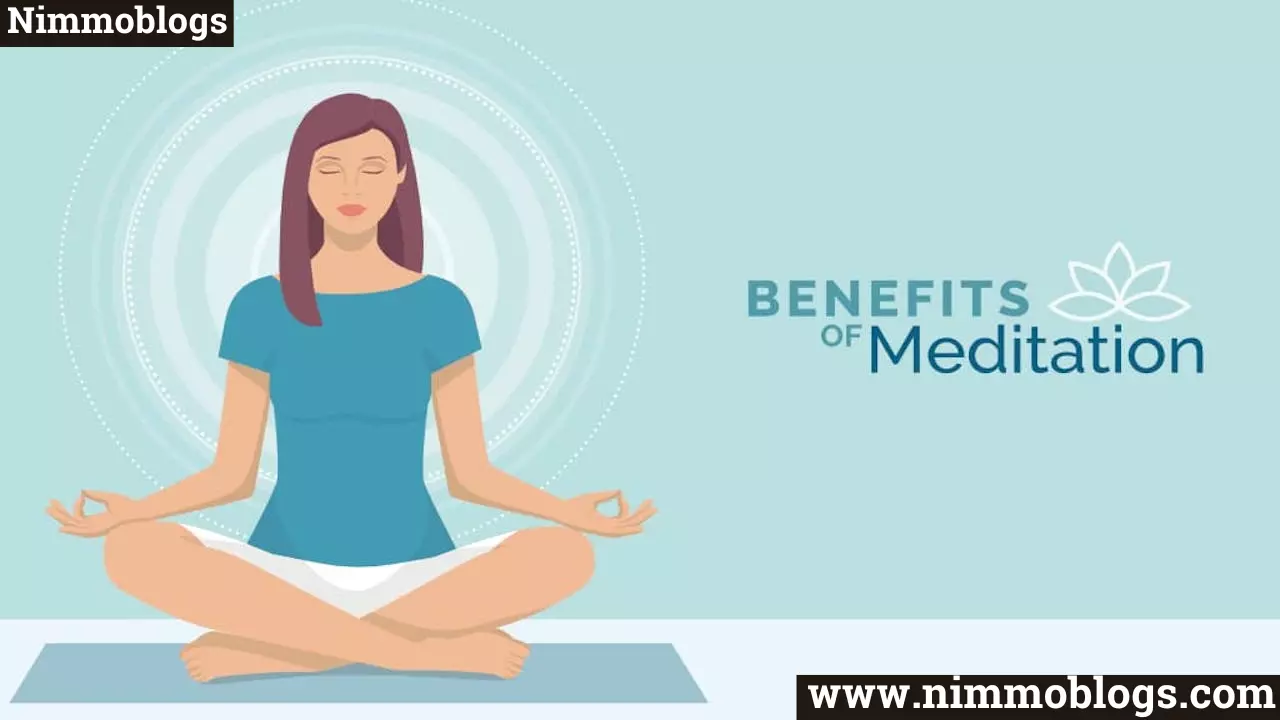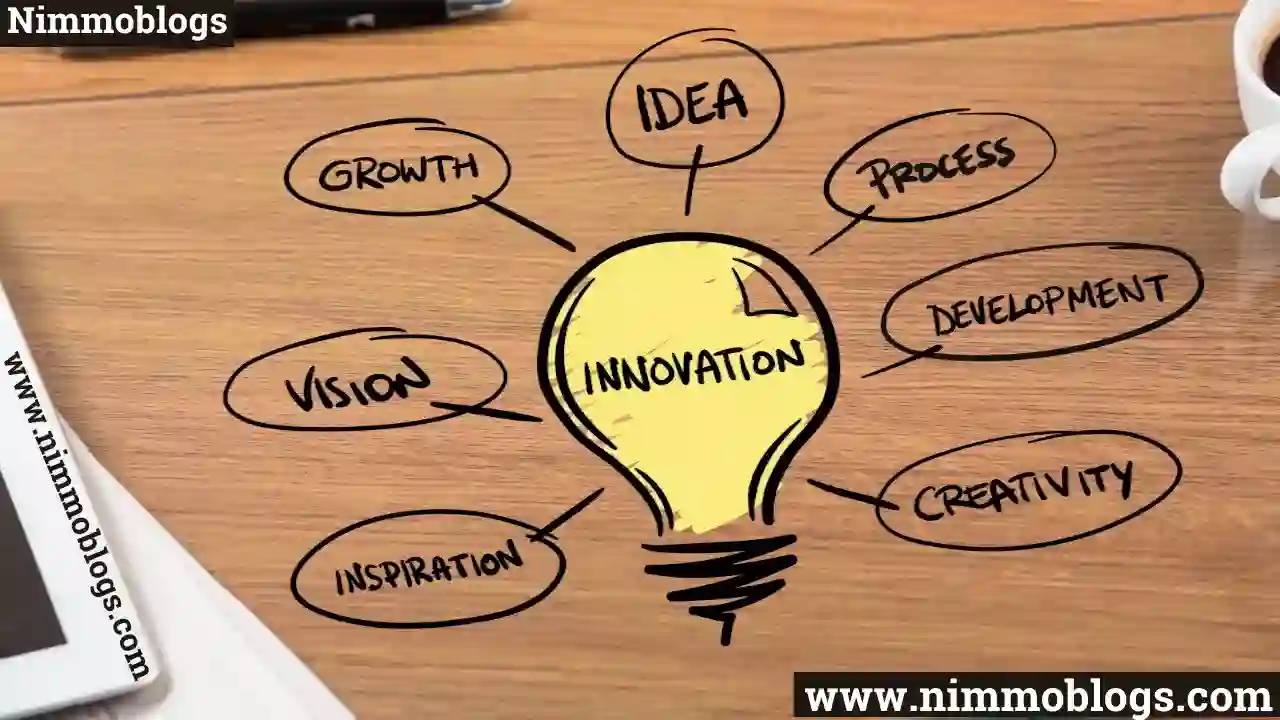 others
others
Meditation: How To Do Meditation At Home

Meditation is the practice of the mind and body that features a long history of use for increasing calmness and physical relaxation, up a psychological balance, addressing unwellness, and enhancing overall health and well-being. Mind and body practices specialize in the interactions among the brain, mind, body, and behavior. A replacement report supported information from the 2017 National Health Interview Survey (NHIS) found that adults’ use of meditation within the past twelve months tripled between 2012 and 2017 (from four.1 % to 14.2 percent). the employment of meditation by youngsters (aged four to seventeen years) additionally enlarged considerably (from 0.6 % in 2012 to 5.4 % in 2017).
There are many varieties of meditation, however, most have four components in common: a quiet location with as few distractions as possible; a selected, comfy posture (sitting, lying down, walking, or in different positions); a spotlight of attention (a specially chosen word or set of words, an object, or the sensations of the breath); an open angle (letting distractions return and go naturally while not decision making them).
HOW TO MEDITATE
The meditation exercise is the best introduction to meditation techniques.
- First you have to sit or lie comfortably. You may even want to invest in a meditation chair or cushion if you want.
- Now you have to close your eyes. And we recommend you use Cooling Eye Masks or Restorative Eye Pillows if lying down.
- Then make no effort to control the breath; simply breathe naturally as you usually do.
- Now you have to focus your attention on the breath and on how the body moves with each inhalation and exhalation. Notice the movement of your body as you breathe and observe your chest, shoulders, rib cage, and belly. Then simply focus on your breath without controlling its pace or intensity. If your mind wanders, return your focus back to your breath.
So you have to maintain this meditation for two to three minutes to start, and then try it for longer periods.
Types Of Meditation
MINDFULNESS MEDITATION
Mindfulness Meditation encourages the practician to look at wandering thoughts as they drift through the mind. The intention isn't to urge committed the thoughts or to evaluate them, but merely to bear in mind every attention because it arises.
When you meditate through attentiveness meditation, you'll see how your thoughts and feelings tend to moreover, particularly patterns. Over time, you'll become additionally alert to the human tendency to quickly choose associate expertise nearly as good or dangerous, pleasant or unpleasant. With observation, an associate inner balance develops.
In some faculties of meditation, students observe a mix of concentration and attentiveness. several disciplines entail stillness — to a larger or lesser degree, looking at the teacher.
CONCENTRATION MEDITATION
Concentration Meditation involves specializing in one purpose. This might entail following the breath, repeating one word or mantra, observing a visible light, being attentive to a repetitive gong, or numeration beads on a jugal bone. Since focusing the mind is difficult, a beginner would possibly meditate for less than a number of minutes and so physical exertion to longer durations.
In this kind of meditation, you just refocus your awareness on the chosen object of attention anytime you notice your mind wandering. Instead of following random thoughts, you just allow them to go. Through this method, your ability to concentrate improves.

Goal Setting: How To Set Goal In Life

Top 25 Ways To Increase Productivity

Robotics: What Is Robotics And How Does It Work

Positive Thoughts: Positive Thoughts Can Change Your Life

How To Become Rich With No Money

Top 5 Ways To Become A Rich

Communication: Top 7 Ways To Communicate Effectively

Personality Development Tips For Men

Personality Development Tips For Woman

Meditation: How To Do Meditation At Home

Meditation: Benifits Of Meditation

E-Commerce: What Do You Mean By E-Commerce

Innovation: What Do You Mean By Innovation

What Is 5g Technology And How It Works

5G Network: 5g Benefits For Business
©2026 Nimmoblogs
All Right Reserved.
Made with
 by Hina Aggarwal
by Hina Aggarwal